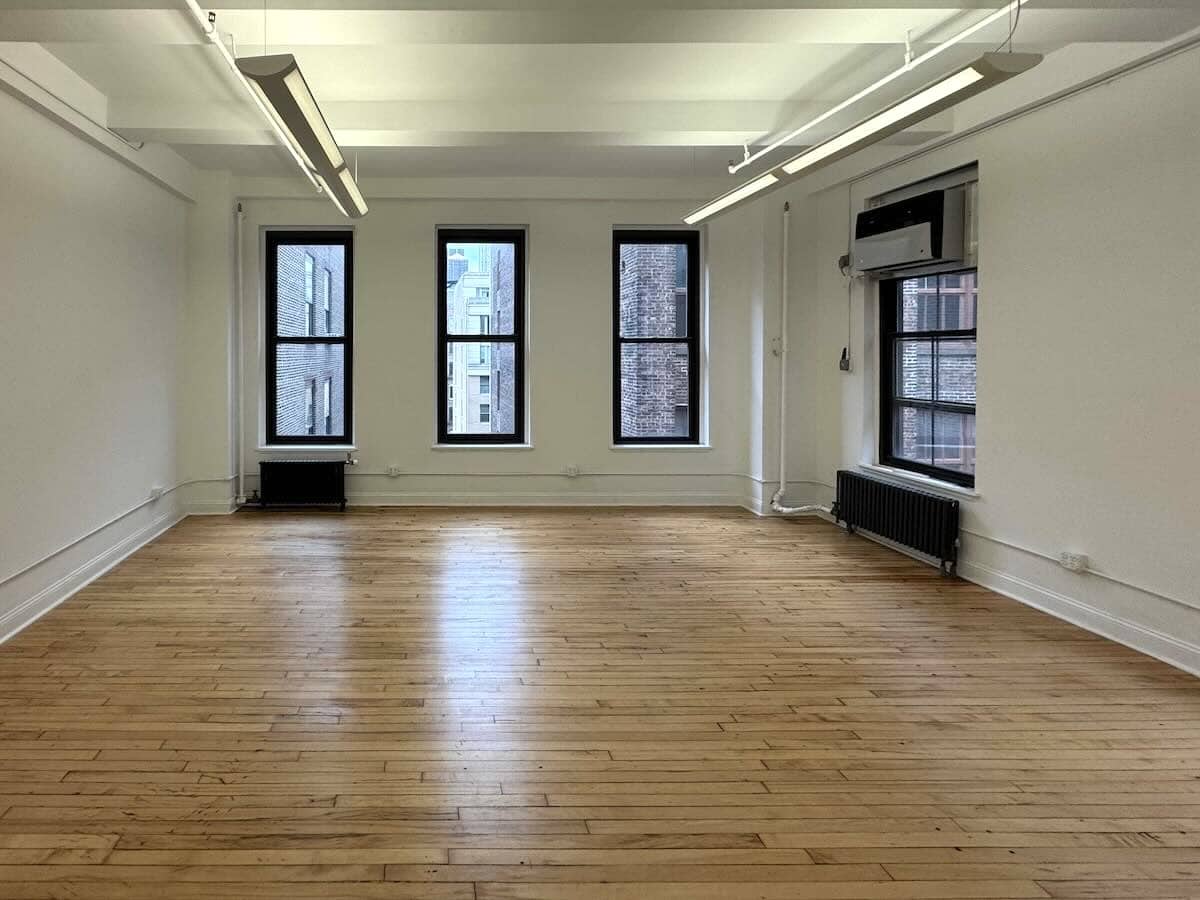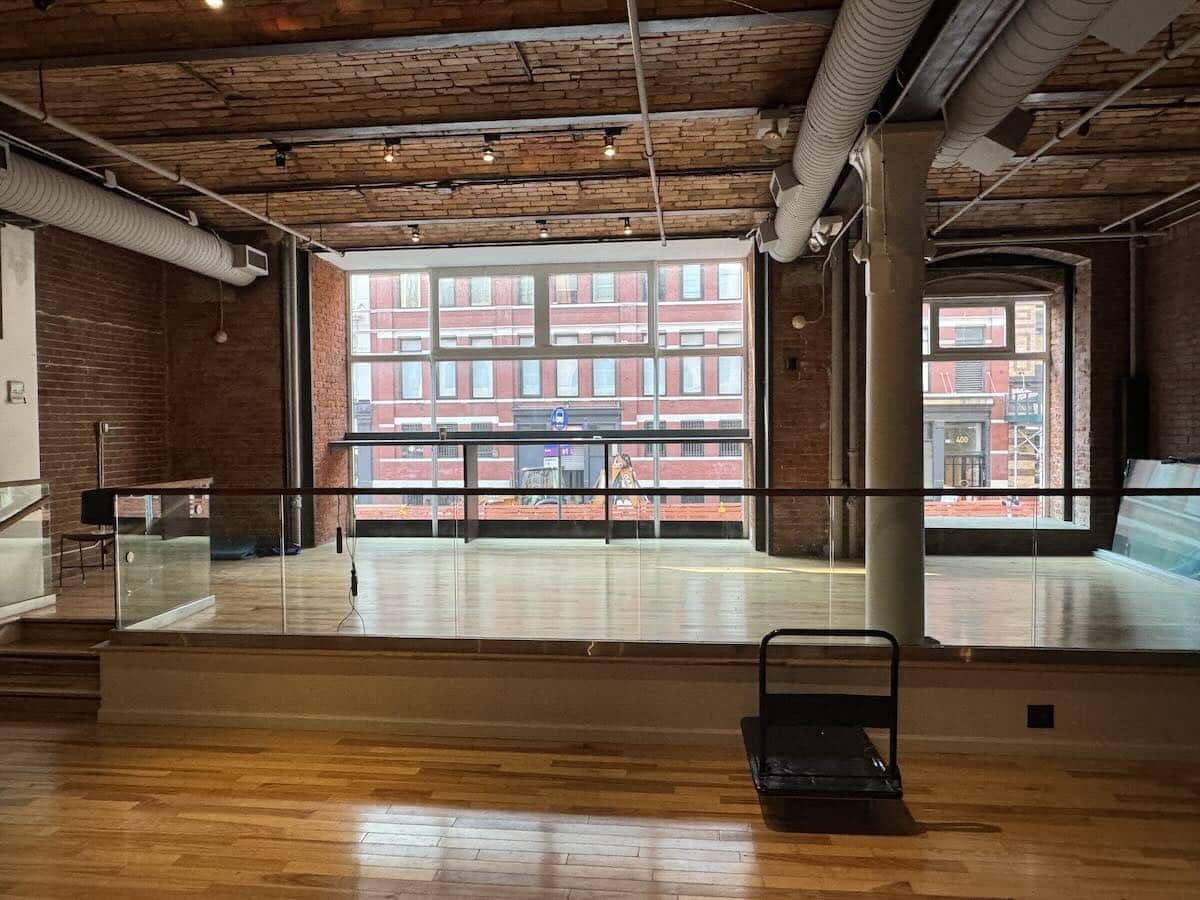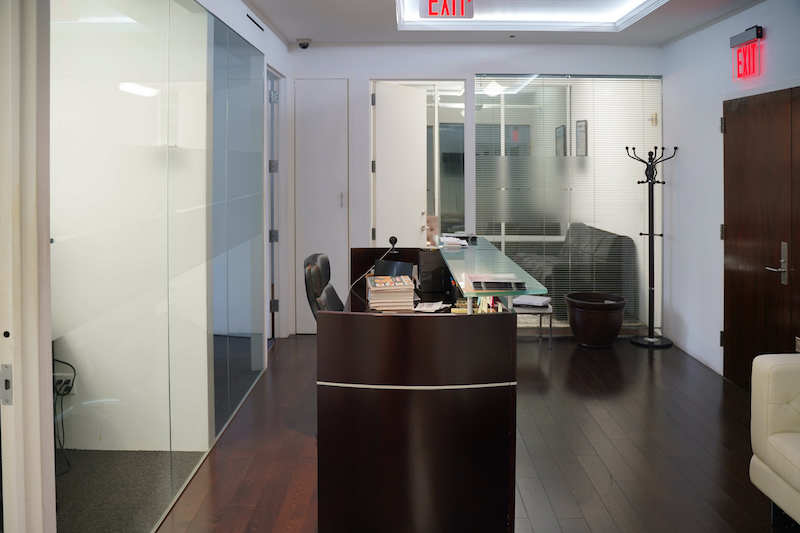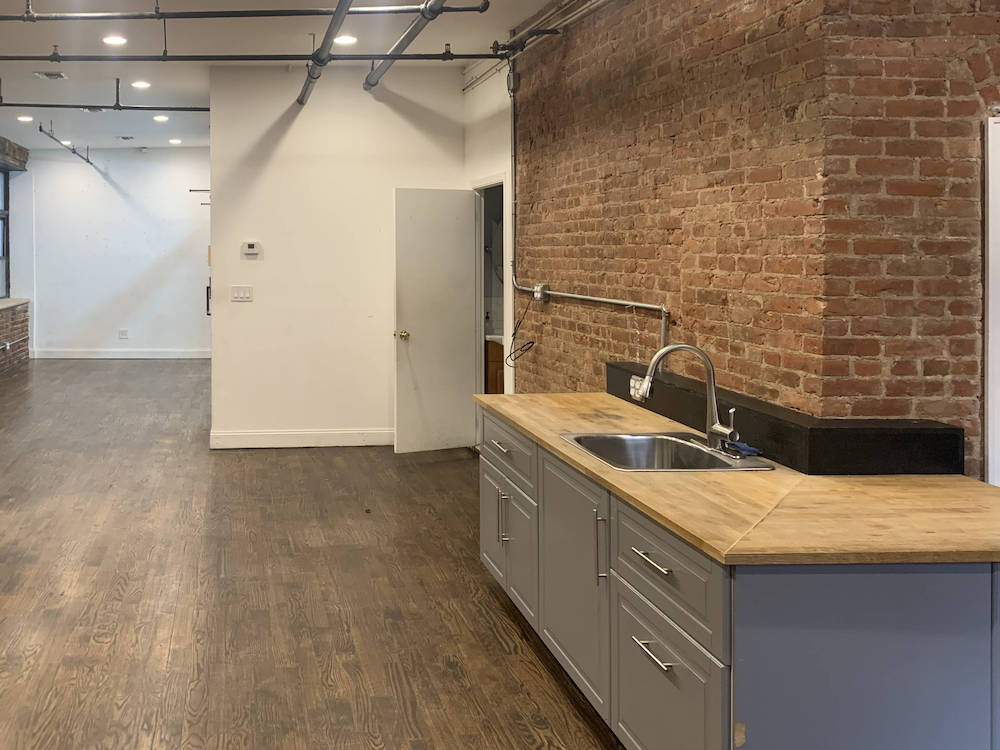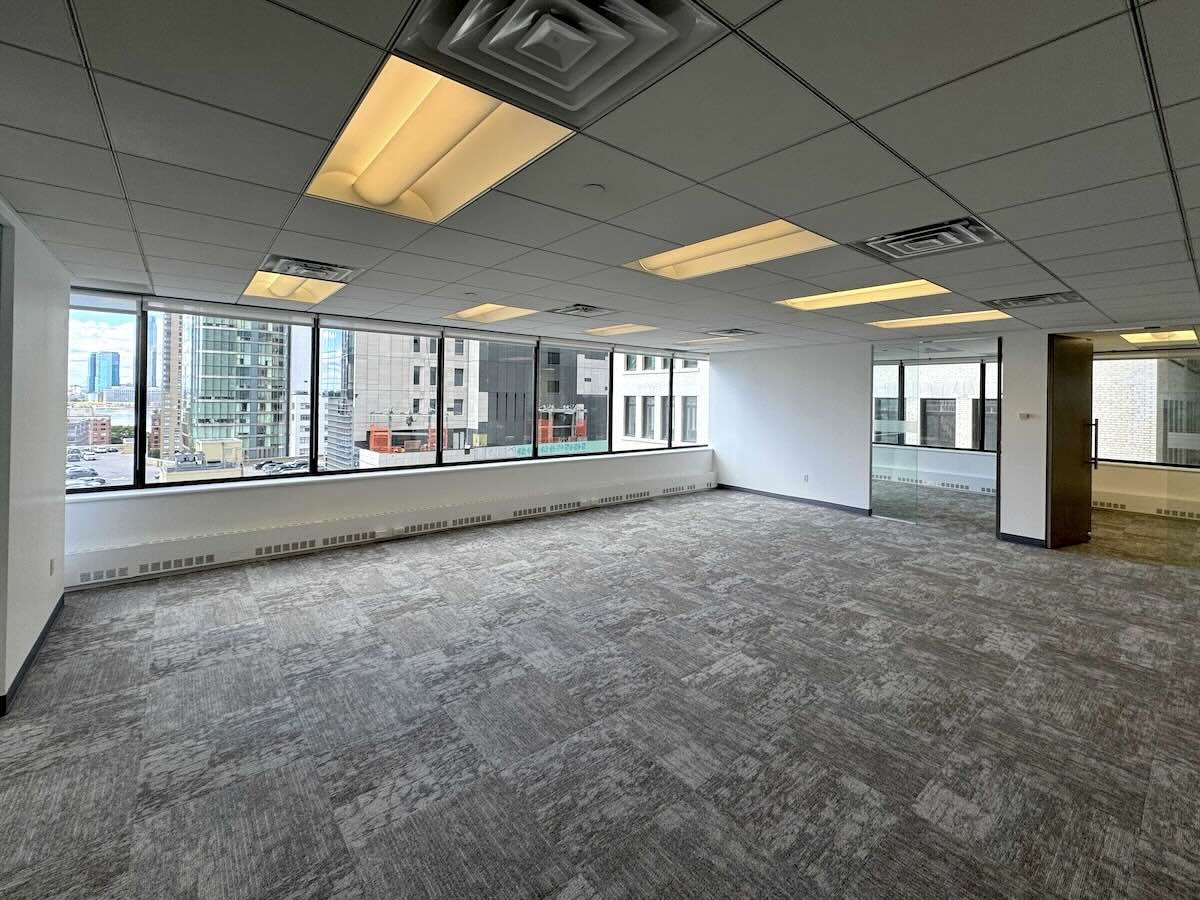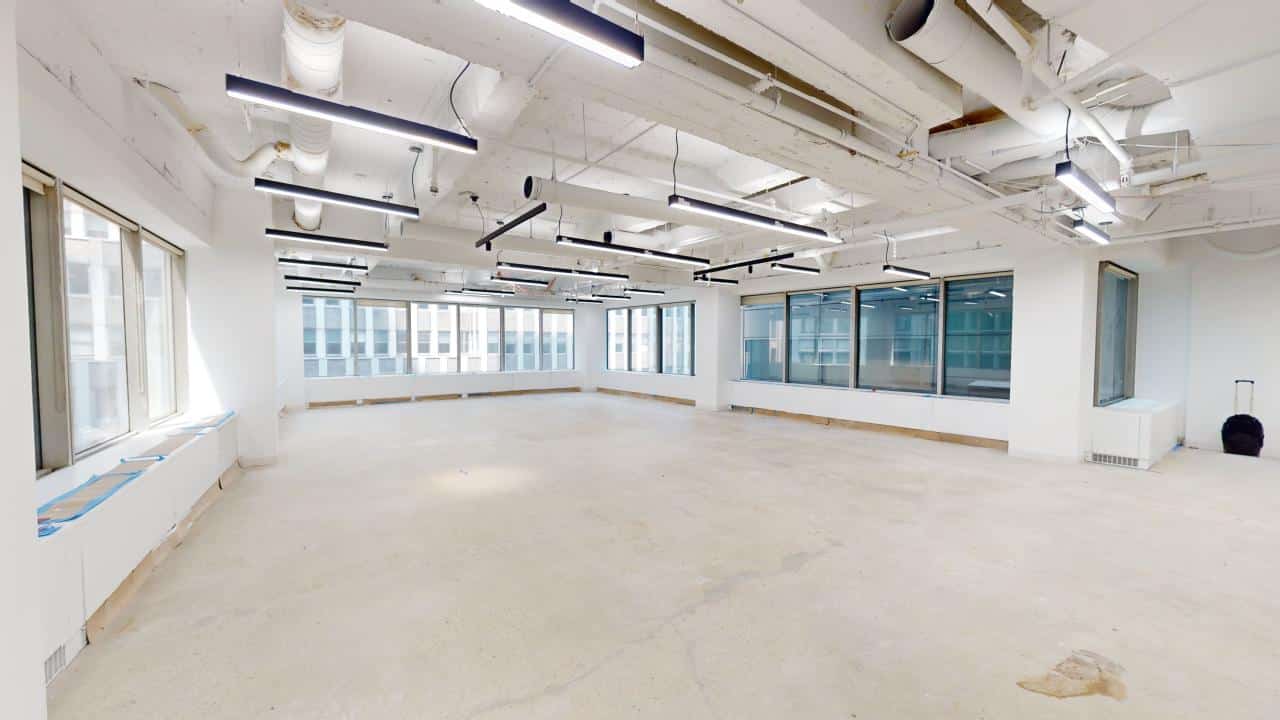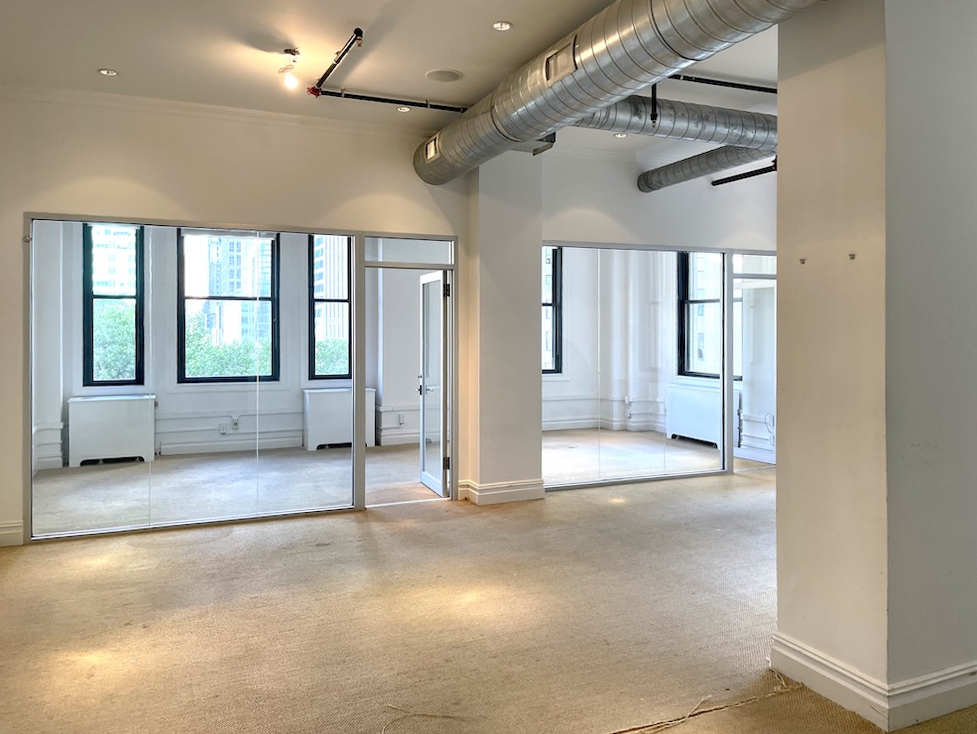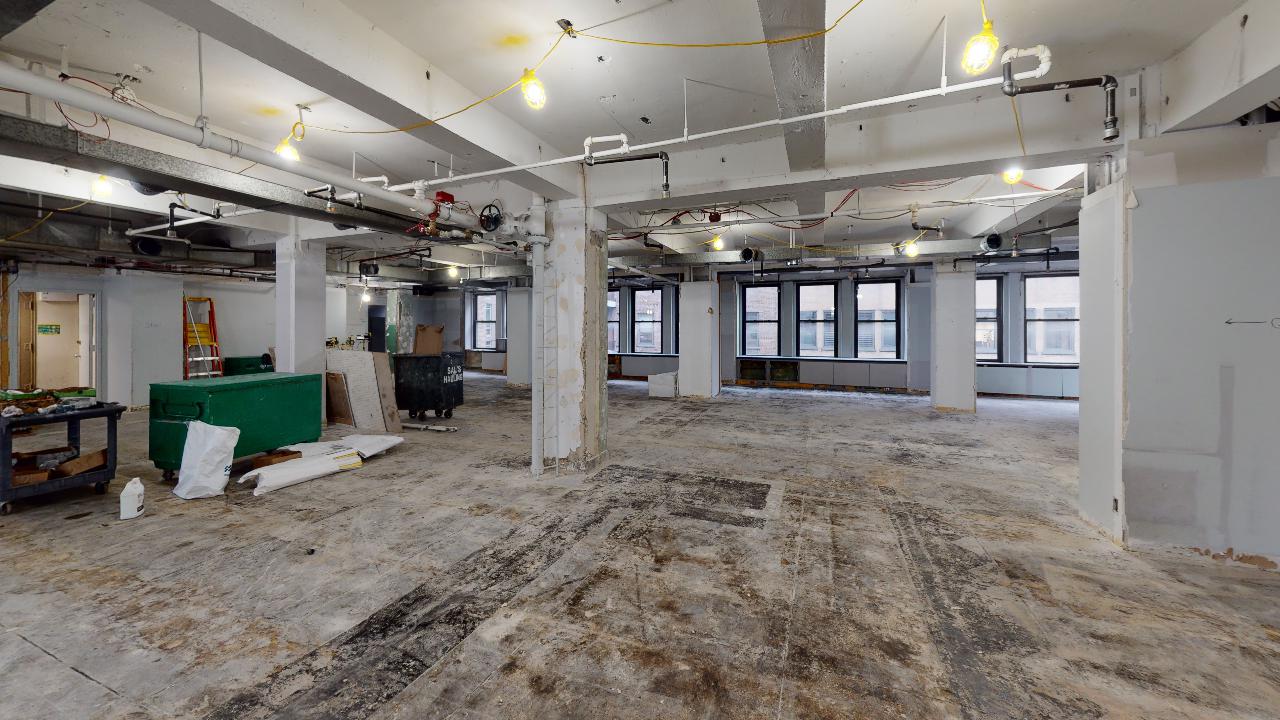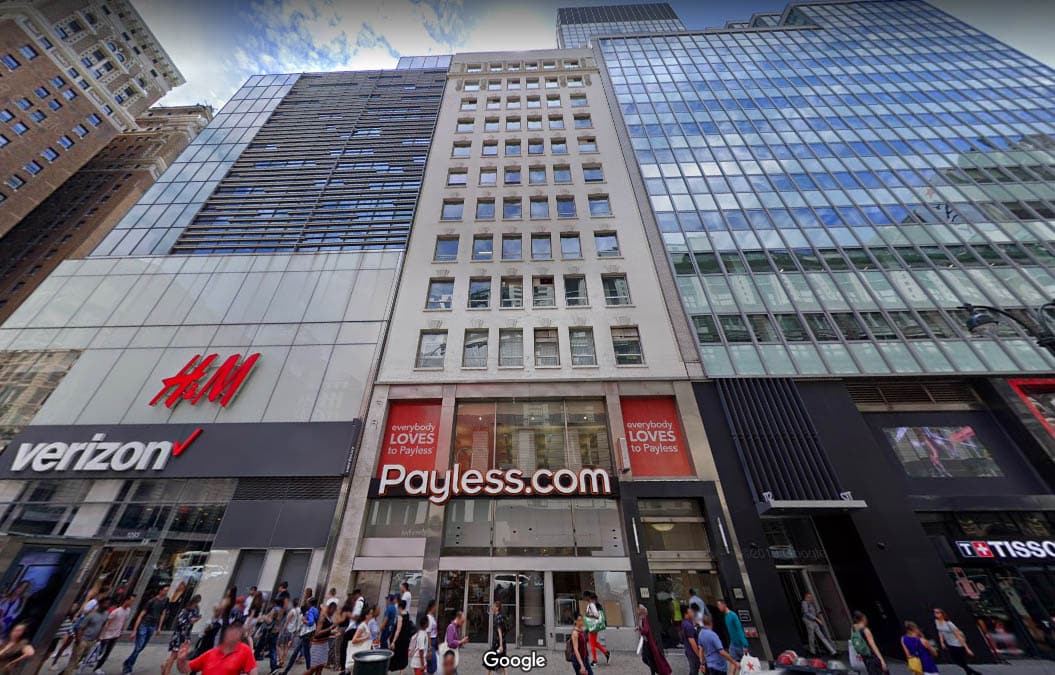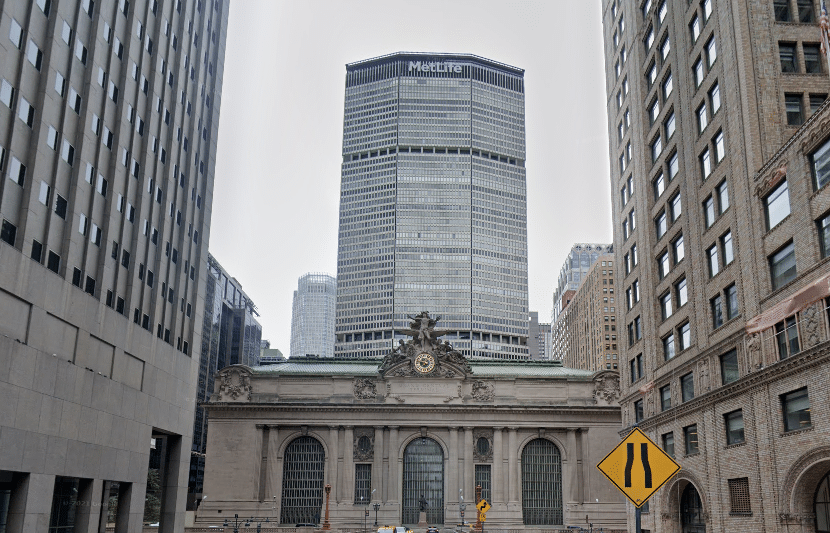There’s a quiet revolution happening in the job market. The once booming work-from-home trend is decelerating, even as job seekers’ thirst for remote work persists. This pivot, characterized by a decline in work-from-home roles, could ignite a measured revival for New York City’s office market. The market seems to have already hit rock bottom, with signs now pointing towards a steady recovery. It won’t be an immediate boom. However, this changing work environment could give rise to stability, gradual progress, and, eventually, a stronger market.
When Covid-19 hit, companies scrambled to adjust, triggering an unprecedented wave of remote work. Jobs offered the flexibility of working from home, bringing new meaning to the concept of work-life balance. However, fast forward to today, and we’re seeing a noticeable shift in the tide. This article will discuss numbers and data points that tell a compelling story.
Of course, major players like Amazon, Apple, Goldman Sachs, and Tesla are leading the charge, calling employees back to their skyscrapers and corner offices. However, other sectors you wouldn’t expect also prioritize in-office work.
Let’s explore this further.
The Changing Trends of Remote Work
The narrative of the workplace is under transformation. A decline in work-from-home advertised positions is silently rewriting the dynamics of job offerings. Let’s dive into the data that describes this changing scenario.
A Telling Dip in Remote Job Offerings
Recent National Bureau of Economic Research (NBER) findings reveal a fascinating trend. The share of U.S. job postings offering at least one remote workday per week fell from 13.08% in October 2022 to 12.19% in April 2023. Moreover, job postings advertising remote or hybrid work on Indeed.com dropped from 10.3% in February 2022 to 8.4% in May 2023. Although the change seems slight, it’s a notable shift.
A Deeper Look into the Job Market
As we unearth the evolving dynamics of remote work, the job market presents a more complex picture. While an overall decline in work-from-home jobs is evident, the picture isn’t universally bleak across all sectors. However, the numbers present interesting implications for traditionally office-heavy sectors in New York City.
Diverse Trends in Remote Work
From May 2022 to May 2023, remote postings on Indeed.com experienced a rise in 33 out of 55 analyzed job categories. You would think that these categories, accounting for nearly half of all job postings in May 2023, suggest a growing remote work scene. However, some crucial sectors for New York City indicate otherwise.
NYC’s Office-Heavy Sectors Moving Away From Remote Work
Traditionally office-heavy corporate sectors in New York City, like Human Resources, Marketing, and Media & Communications, are experiencing a palpable downtrend in remote opportunities. These roles have seen the most significant declines in remote work across the entire labor market, hinting at a potential rebound in NYC’s office market.
Even Supposed Remote Sectors are Again Embracing Office Work
Even tech-related sectors, traditionally leading remote work trendsetters, are also seeing a decline in remote opportunities for traditional corporate roles. For instance, Software Development and IT Operations, typically known for promoting remote opportunities, experienced the steepest drop in postings.
Other job categories with a low or medium share of remote postings on Indeed saw a year-over-year dip of 9.3% and 13.6%, respectively, in early June. However, categories with a high percentage of remote jobs took a more severe hit – down about 36% from the previous year.
The Implication for Cities
A spotlight on cities reveals an intriguing shift in remote work trends. With a marked decline in work-from-home job postings, the landscape of office life is transforming.
Urban Centers Seeing Remote Work Decline
Since 2019, remote work has dramatically increased, according to an analysis of 250 million job postings from the US and four other English-speaking countries. However, the recent decline in work-from-home offers is reshaping the narrative. Needless to say, it could have long-overdue positive implications for urban office markets.
In cities like San Francisco and Boston, remote job offerings have dropped significantly, from 31.9% to 27% and 25.38% to 21.4%, respectively. Even in Wichita, Kansas, and Phoenix, the slide is noticeable, with a dip from 15.6% to 6% and 20.95% to 15.3%, respectively. Meanwhile, New York City maintains a steady rate of around 18.9%.
Where we go from here will be very interesting to see.
The Outlook for Remote Work and Office Demand
High-profile business leaders like Elon Musk have vocalized disdain for remote work. His hardline stance underscores the industry-wide debate about the future of remote work and its potential impacts on office demand. However, will his vision of a return to full-time, in-office work come to fruition? Or will the working landscape continue its fragmented evolution from company to company and sector to sector?
Changing Work Patterns
The future may see workers spending 25% of their workdays from remote locations, a five-fold increase from pre-pandemic times. However, this trend is not uniform across all sectors.
Firstly, the extent of remote job offerings can vary dramatically between sectors. For instance, fields related to computer science, R&D, business and finance, legal, management, architecture, and engineering saw the largest uptick in hybrid or fully-remote roles. Conversely, healthcare, construction, education, and sales witnessed a smaller increase.
Moreover, this inconsistency also extends to corporations within the same industry. Aerospace firms like Boeing and Lockheed Martin offer hybrid or remote work in over 50% of their management positions. In comparison, Northrop Grumman allows fewer than 25%, and SpaceX almost none.
Additionally, in the auto industry, nearly 45% of Honda’s job listings permit hybrid or remote work. In contrast, just about 25% of General Motors’ do. Tesla, on the other hand, nearly eliminates the remote option.
The Key Takeaway: The Future Impact on the NYC Office Market
As we digest these evolving dynamics, a hopeful narrative for New York City’s office market begins to surface. With the marked decline in work-from-home opportunities and many businesses nudging staff back to the office, a rebound for demand in urban office space could be within sight.
Over the next 6 months to a year, we could see a reinvigorated interest in city office spaces. Moreover, if we cast our gaze a little further, to 4 or 5 years ahead, this resurgence could lead to a tightened office market in New York City and even a potential supply shortage. So, what appears on the surface as a gradual transition back to pre-pandemic work models might hold the key to a positive future for New York City’s office market. This trend could increase once companies perceive a rise in prices instead of remaining in standby mode, hoping prices drop further.
Today’s shift in work habits could become tomorrow’s transformative force, sparking an exciting new chapter for commercial real estate in the city. As always, the city’s resilience is ready to meet the challenge and seize the opportunity.


